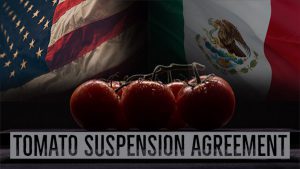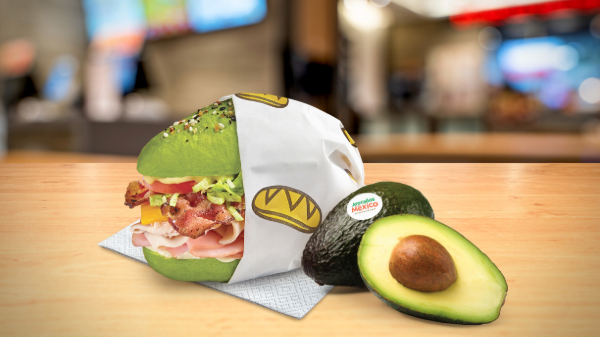Welcome to Blue Book!
Are you ready to join the thousands of companies who rely on Blue Book to drive smarter decisions? View our plans and get started today!
Still have questions? We’d love to show you what Blue Book can do for you. Drop us a line– we’ve been waiting for you.
Produce buyers and sellers have for generations looked to the Perishable Agricultural Commodities Act (PACA) and precedent decisions issued by the U.S. Department of Agriculture (UDSA) under the PACA to shape the rights and responsibilities of produce traders. And while this continues to be true, provisions of the Uniform Commercial Code (UCC) also play an important role in reparation decisions reached by PACA and other dispute resolution forums. In this article we discuss what the UCC is, and look at how some key provisions have been applied in reparation cases.
Who, What, Why
The original version of the UCC was published in 1952 and jointly authored by the National Conference of Commissioners on Uniform State Laws and the American Law Institute. These two organizations have established an editorial board that, among other functions, issues official comments to help courts interpret UCC provisions. The UCC is not the law itself, but rather a model law which states have, to a large extent, adopted as their own. The purpose of the UCC as stated in Sec. 1-103 is—(1) to simplify, clarify, and modernize the law governing commercial transactions; (2) permit the continued expansion of commercial practices through custom, usage, and agreement of the parties; and (3) make uniform the law among the various [states].
Arguably, the PACA, which predates the UCC, serves these same functions with respect to the sale of produce in interstate commerce. The PACA rules are generally simple and clear, recognize custom and usage in the trade, and provide a uniform set of rules governing interstate transactions. So the UCC’s impact on the produce industry may be less than in other industries operating without the benefit of a PACA-like statute; nevertheless, a review of PACA precedent decisions reveals that UCC provisions are routinely cited along with judge-made precedent as the legal underpinnings for PACA decisions.
But how is it that a code which is not law itself, and was intended to serve as a model for the states to follow, has come to influence federal reparation decisions issued by the USDA’s PACA branch? In the disciplinary case In re American Fruit Purveyors, Inc. (1971) the USDA cited a U.S. federal appellate court case, United States v. Hext (1971) and explained, “Federal Law governs where a Federal statute or interest is involved, and in ‘fashioning the federal law that is applicable,’ courts are ‘guided’ by the Uniform Commercial Code.” In other words, although it is federal law that governs PACA actions, in deciding what federal law is (and thereby establishing a body of federal judge-made law), federal judges may take guidance from the UCC, which by virtue of its widespread adoption by the states, represents an established and largely uniform body of law with nationwide applicability.








